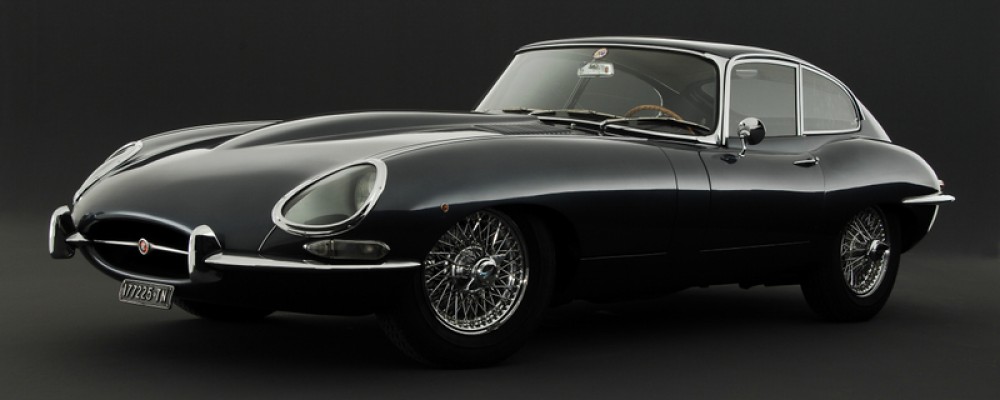Although the word ‘ruby’ simply means ‘red’ in Latin, this precious stone can be found in a range of shades from pale pink to a deep red known as ‘pigeon’s blood’. Pigeons might be surprised to hear it, but pigeon’s blood rubies are in fact the most valuable!
Rubies have been mined in Southeast Asia, particularly Myanmar, for thousands of years, and were traded to Europe along the Silk Road. They were highly desired wherever they went. In ancient India, rubies were known as the “king of gems,” and often paired with sapphires in local jewelry. Rubies were so precious in the ancient world that the writers of the Old Testament often compare its value to that of wisdom itself.
Two of the world’s most valuable rubies are shrouded in mystery. The Liberty Bell Ruby was the largest ruby ever to be mined. Discovered in Africa in the 1950s, it was carved into the shape of the Liberty Bell in Philadelphia to honor the Bicentennial of the American Revolution in 1976. Sadly, the jewel was stolen in 2011.
No less mysterious is the Sunrise Ruby, the most expensive ruby in the world, named for a poem written in the thirteenth century by the Sufi poet Rumi. This gem fetched over thirty million dollars at auction. It was purchased by an anonymous bidder. At this time the whereabouts of the Liberty Bell and Sunrise Rubies are unknown.
But at least lovers of rubies can always turn to the poet Rumi whose verse gave the Sunrise Ruby its name. In a poem of love and devotion, Rumi compares the purity of his feelings for his beloved to the intense, all-encompassing red of a ruby:
He says, There is nothing left of me.
I am like a ruby held up to the sunrise.
Is it still a stone, or a world
made of redness? It has no resistance
to sunlight. The ruby and the sunrise are one.
It has been over eight hundred years since Rumi wrote this poem yet rubies continue to inspire us with their ravishing beauty!
Want to receive our latest blogs via email? How about exclusive deals and competitions? Sign up for our newsletter here.
Dylan of The Gryphon’s Nest
